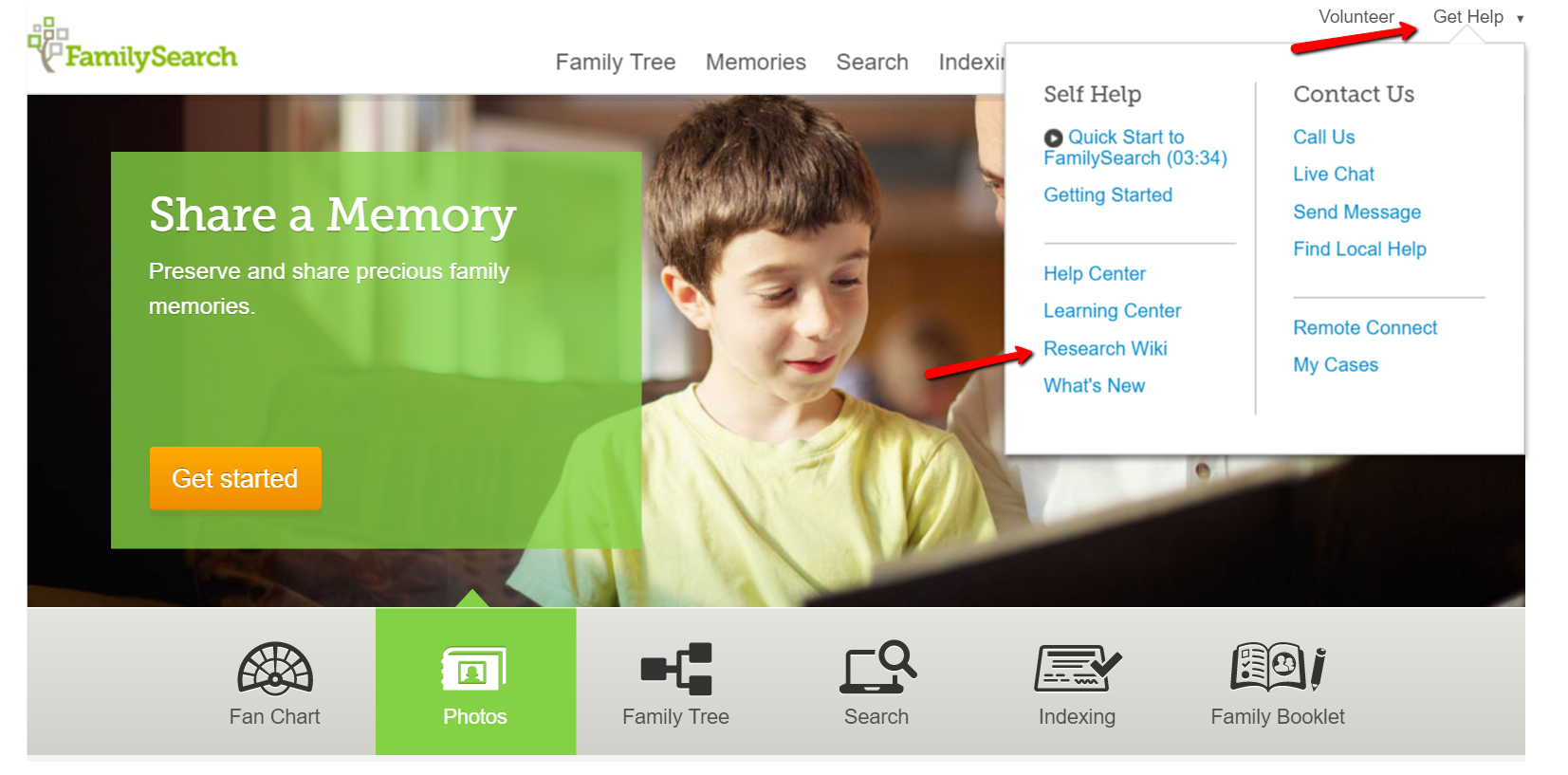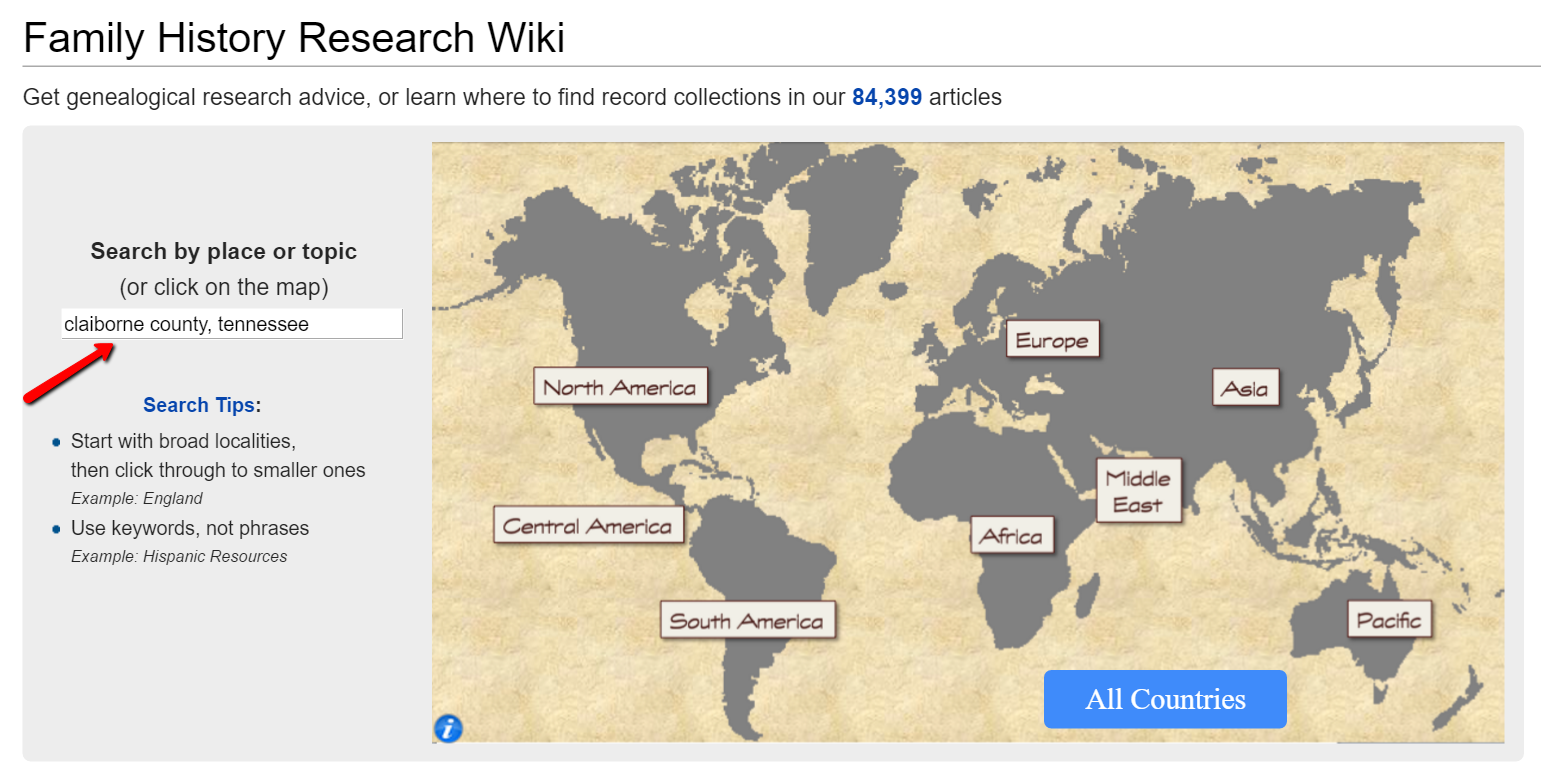
A significant record loss can be due to fire, water, weather disaster, or even theft. A courthouse disaster is one of the worst ways in which a genealogy research plan can be derailed. Learn some alternate locations for vital information to help you keep moving along!
I read somewhere the thirty-five counties of Tennessee have some level of record loss. Can you believe that? After researching long enough, it seems we all run into a county level record loss due to a courthouse disaster. What are we to do? Here are a few helpful tips!
Know Your County
While researching in Lee County, Virginia, I couldn’t figure out why some of the records I needed had not been microfilmed by the Family History Library. The answer was: a significant record loss. Unfortunately, I had wasted time searching for records that didn’t even exist anymore. Instead of going round and round looking for records that may have been lost or destroyed, begin your search by learning whether there has been a record loss in your targeted county. You can quickly find this information in the FamilySearch wiki at FamilySearch.org. Click Get Help at the top right corner and choose Research Wiki from the pull-down options.

Once you have reached the wiki search page, type in the county and state you are interested in.

At the wiki research article for your targeted location, scroll down and look for a disaster icon. There are four icons that represent the type of loss your county has experienced, if any. In the record loss section of the article, you will find what records and years have been lost or damaged.

It is important to remember that you should never assume that what is listed on the wiki is 100% accurate. There may be times when records were “lost” at one time, but turn up later…you never know. It pays to check the wiki first, then confirm with a knowledgeable person at the county courthouse or local genealogical society. Check, check, and check again.
Finding Alternative Sources When Dealing with a Record Loss
Courthouse record loss can be an obstacle, but not a barrier. You can continue to do effective research in these situations with a little know-how and some exhaustive searching. Leave no stone unturned!
Many know that the 1890 federal census was almost entirely destroyed by fire and consequent water damage in 1921. Because of this record loss, I figuratively lost my family between 1880 and 1900. Using another record source entitled “Native American Applications for Enrollment in Five Civilized Tribes,” I found that many of my family members had filed for this allotment. The 1887 General Allotment Act, or Dawes Act, allowed land to be allotted to members of Native American tribes. In 1893, the Dawes Commission began accepting applications and these application packets are packed full of genealogical data.
In my fourth great-aunt’s application packet for enrollment in the five civilized tribes, she listed all her children (even the illegitimate ones), who her father was, who her paternal grandfather was, and where they had lived over the last 75 plus years. It helped me to put together the family story line that had been lost.
When there has been a county level record loss, look for federal records which could be advantageous. Some additional federal records to consider might be: pension files, military records, naturalization records, or passport applications.
Even when there has been a county level record loss of one set of records, consider where you might find the information you need in another record set. I noticed that Claiborne County, Tennessee had lost or damaged marriage records between 1801 and 1837. However, no deed or land record sets have been lost. You may be surprised to learn that deeds and land records will often name a spouse. Though this doesn’t give you a date of marriage, it works as a record to support a marital relationship and can narrow down the year of marriage.
Death records been destroyed? Don’t forget our recent article on finding cemetery records as an alternative! Newspapers and obituaries are another great source of information. For a cheat sheet of alternative records for vital statistics, check out the United States Record Selection Table at FamilySearch wiki.
When faced with any record loss, it’s reassuring to know that records were created at all levels of government, offering us viable alternatives. I would love to hear your story. In the comments below, I hope you’ll share the losses you have faced and the creative alternatives you uncovered.




